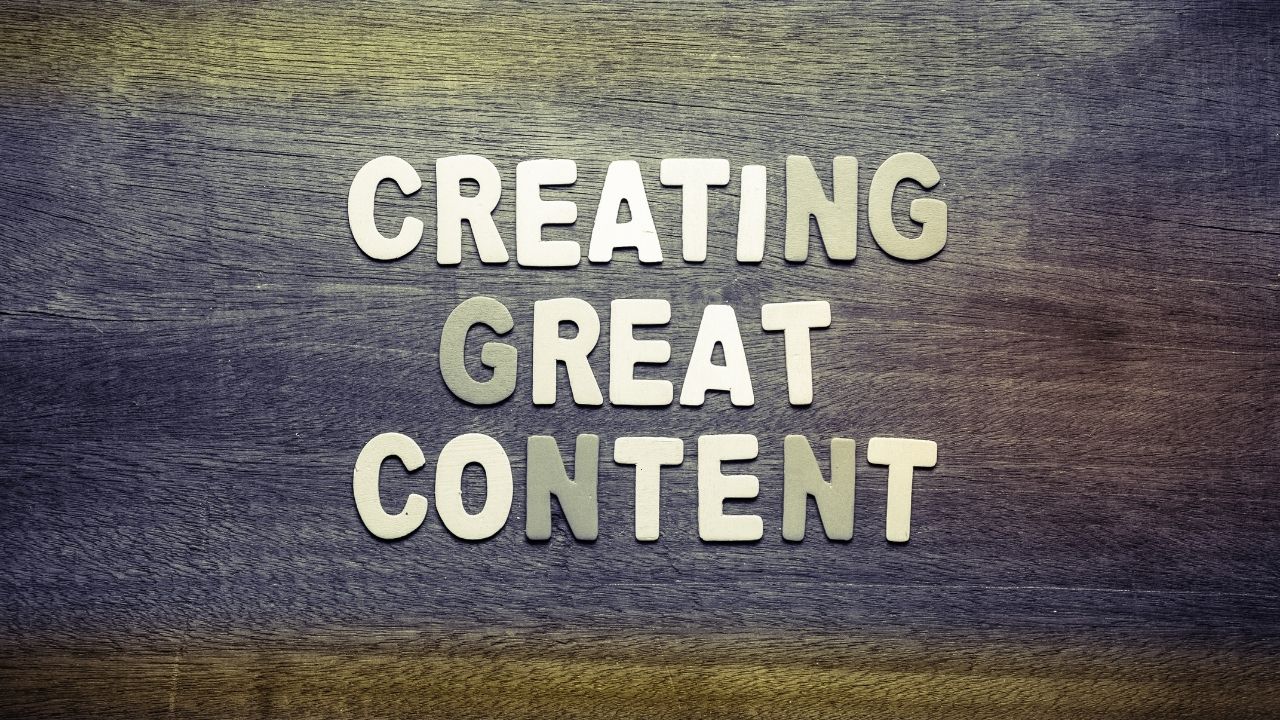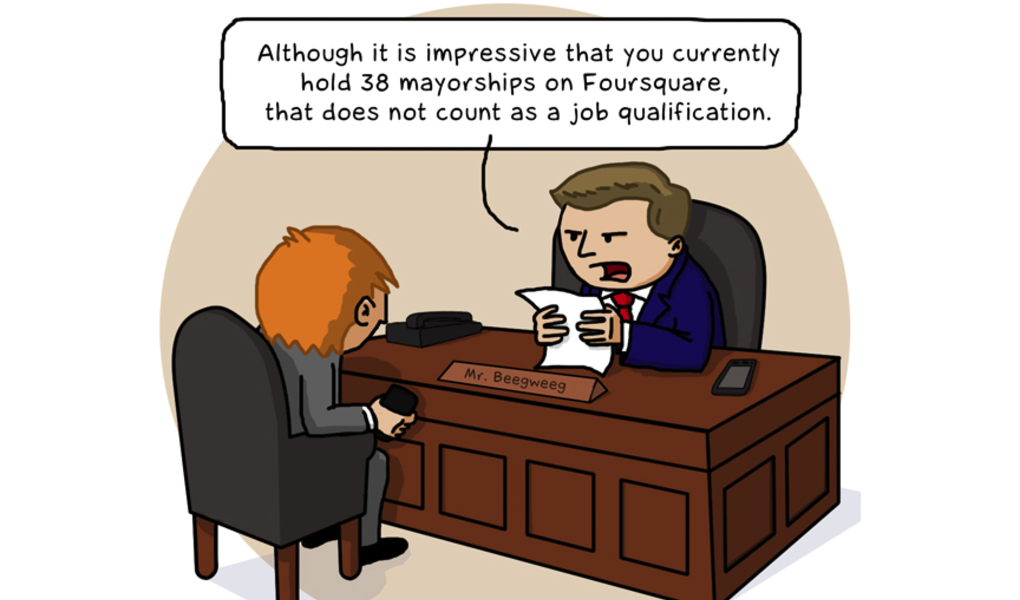
There are many forms of content distribution. Blog posts, eBooks, Press releases, Influencer outreach, video tutorials, and social media all have their own advantages. Which platform is most effective for your marketing goals, and which ones are the best? How much content you distribute will depend on which platform you choose. LinkedIn is the best platform for B2B customers and Facebook for B2C. The social ads are labeled and appear in the sidebars. We'll be covering five platforms that are very popular and how you can best use them.
Social media
Using social media for content distribution is an effective way to boost brand awareness and reach a wider audience. As social media grows in popularity as a research tool, it will become more important to establish a holistic strategy for your marketing efforts on social media. There are two types in social media content distribution. Owned distribution refers to posting content to your business or individual account. It can also go through other channels, like your website or blog, as well as via newsletters.
Press releases
While traditional press releases are written for public relations, press releases are also useful for content distribution. A press release has three main purposes: to create awareness, build an image, and secure media coverage. A press release must be newsworthy in order to be effective. It should be relevant, current, timely, and happening soon. A press release must adhere to the 5W1H rules: It must answer "who, what, where, and why". These questions must be answered in order to make the press release understandable.

Influencer outreach
Before you begin reaching out to influencers for content distribution, you should carefully evaluate their work. Take a look at their social media posts and comments to determine if they are a good fit for your content. Kristen Matthews of GroupHigh recommends that you assess each influencer's content against their reach, engagement and other metrics. This will help to identify and eliminate those influencers that don't fit your brand’s needs.
CoSchedule
Use CoSchedule to automate content distribution. Create posts, schedule them and send them to your social networks. This social media scheduler will automatically insert blog post content to your social posts. This will allow you to promote your content, generate more traffic, and sell more. CoSchedule allows you to easily distribute your content via an online calendar. You can schedule everything from blog posts to social posts with just a few clicks.
Hootsuite
Hootsuite, a scheduling tool that allows you to schedule social media posts for your followers can be a time-saver even if you don't have a background in social media marketing. You can schedule posts for different days in advance with the tool. It will also automatically post relevant content for each platform, so your audience will always see it. You don't have only one type of content.

FAQ
What's the difference between content creation and content marketing?
Content marketing is a way to ensure that every brand has the same message. They continually deliver useful information that people want or need.
Content marketers are trained to create the right content at each time and for every channel.
They also understand how to develop an effective strategy around promotion and distribution.
They think strategically about their actions and the reasons they do them.
This is the foundation skill set required to be a successful content marketing professional.
What are the top mistakes people make when they start a content marketing campaign?
You must have a plan for your content marketing strategy. A solid plan will save you time and money. If you don't know how to use the content or where it should go, you will create a lot of content.
A well-thought-out strategy for content marketing provides direction, focus, as well as goals. It will help you keep track of everything as you move from one phase to the next. For example, if you're doing social media campaigns, you might want to start by analyzing what types of posts are getting the highest engagement rates. This will give you an idea of which posts will lead to traffic to the site. This information will allow you to decide whether or not you want to make a series, blog articles, or videos.
People make another mistake when they don't think about how long the content marketing campaign is going to last. It's logical to write content today if your website will be launched tomorrow. You might want to wait until your data is more complete if you've been working hard on a content strategy for six months before you publish new material.
It takes time to create great content. Don't rush yourself or underestimate this step.
Consider yourself a business person who is interested in content marketing. In that case, we recommend reading our guide on How To Create Content That Works, which includes ten steps to follow to ensure that your content marketing programs are effective.
What are the seven steps of content marketing
The content marketing process is seven steps long
-
Identify the problem
-
Learn more about what's happening now
-
Create new ideas
-
These strategies can be developed
-
These are the best!
-
Measuring the results
-
You can continue this process until you find something that works.
This strategy has proven to be effective for both small and large businesses.
Statistics
- Measure your goals with a progress indicator of 0-100%. Make your goals collaborative and transparent (semrush.com)
- In fact, would pay more for a better customer experience, and 86% of B2B buyers would pay more. (neilpatel.com)
- Out of the 1,500 marketers we surveyed for our State of Content Marketing report, 78% who felt their content marketing strategy was exceptionally effective in 2021 had documented their strategy. (semrush.com)
- This marketing strategy landed Ford a 15.4% conversion rate. (neilpatel.com)
- According to research compiled by Coschedule: Companies that publish 16+ blog posts a month get as much as 3.5x as much traffic as those that publish 0-4 posts a month. (criteo.com)
- We found that 40% of businesses don't have a documented strategy yet. (semrush.com)
- To further show the importance of this, 89% of people have stopped doing business with a company because of a poor experience. (neilpatel.com)
- According to the Content Marketing Institute, 70% of B2B marketers and 86% of B2C marketers surveyed use content marketing in some form or other. (criteo.com)
External Links
How To
How can I make my videos more impressive?
Video Marketing is one powerful tool in Content Marketing. It helps you get closer to your audience, engage them emotionally and build trust. But how do we go from boring to awesome? Let's dive into some simple tips!
-
Tell a good story. Storytelling lies at the heart and soul of all communication. Without storytelling, video marketing will not work. You must decide what stories you want. Is it entertaining? Educational? Inspiring? Social media is full of people telling their stories through photos and videos. Take inspiration from these stories and make your own.
-
Images are a powerful tool. Images communicate emotions quicker than words. They help us connect with others and feel empathy. Don't forget images! Pictures can be embedded in blog posts or added to slideshows.
-
Make it easy for people to share. If you want your viewers to spread the word, make it easy for them to do so. Your videos should include sharing buttons. Add social icons to your slideshows. Consider adding "Share" buttons to your videos if you are working on a YouTube channel.
-
Don't overdo it. Your viewer may lose interest if you use too many graphics or too much information. Keep it simple. A few striking images are all that is needed to grab your attention and keep you there.
-
Keep it short. Short videos are very popular. You can create short videos of 5 minutes to generate buzz for your brand.
-
Get feedback. Listen to your audience. Ask your audience what works and what doesn’t. You can use the answers to improve your content.
-
Plan. Now that you have made your first video, think of how you could create more. Can you create a series? Or maybe create a playlist with just the most popular videos?
-
Test, test, test. The last thing you want is to release a video and then realize that nobody watches it. Before releasing any video, test it on your audience. Take a look at the reactions. Based on your results, make changes.
-
Repeat. Repeat steps 1-8 until you find the perfect formula. Once you understand what works, you will be able to make great videos over and over again.
-
Measure the results. It is important that you measure the success of your videos. How did they perform Which types of viewers prefer certain videos? These questions will help to refine your strategy.
-
Make adjustments as necessary. Don't stop learning once your video campaign is up and running. Make mistakes and learn from them. The best marketers are always open to learning and improving.
-
Enjoy it. Video marketing isn't hard, but it does take patience. You will learn new strategies, techniques and ideas as you gain experience to help you grow your company.